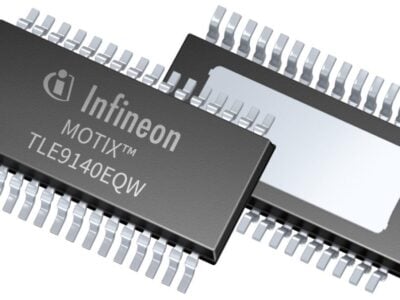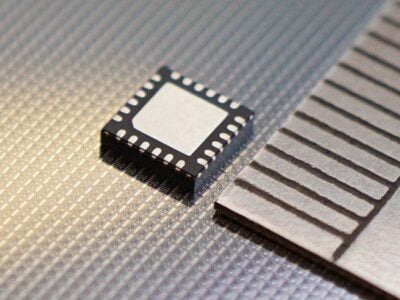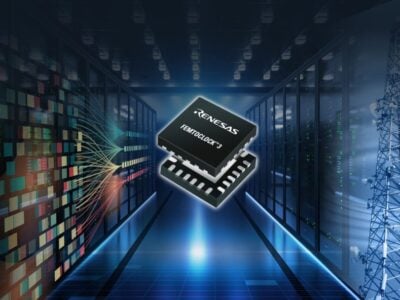
Real-time control option for programmable power supplies
HIL is a technique used in the development and test of real-time embedded systems of all kinds. Using HIL techniques allows the simulation of real-time feedback and control of such complex systems. HIL applications require electrical interface to act as the interface to embedded systems and the equipment under test. HIL is commonly used to prototype systems for power grids, power electronics and hybrid electric drives. The most recent trend is modeling dispersed energy products, such as a PV inverter, and their effects to the utility grid.
The RS Series features advanced digital signal processing (DSP) control technology to the power amplifiers within the source. The source features traditional remote control methods, such as GPIB or LAN, that inherently introduces control delays in the hundreds of milliseconds, which do not simulate real-time control. The introduction of EXTD allows real-time control via analog signal so delays are typically reduced to 100 microseconds (figure 1), which is 1,000 times faster than the delay time of controlling the output via GPIB or LAN ports. EXTD essentially allows the RS to be used as a high bandwidth amplifier, while the internal DSP continues to monitor the output in order to ensure safe operation.
Available with outputs ranging from 90 kVA to 1MVA, the RS is the latest series of products to use AMETEK’s high-performance, pulse-width modulation (PWM) switching technology to provide advanced performance solutions for AC power test applications.
For more information visit EXTD technical note
 If you enjoyed this article, you will like the following ones: don't miss them by subscribing to :
eeNews on Google News
If you enjoyed this article, you will like the following ones: don't miss them by subscribing to :
eeNews on Google News



